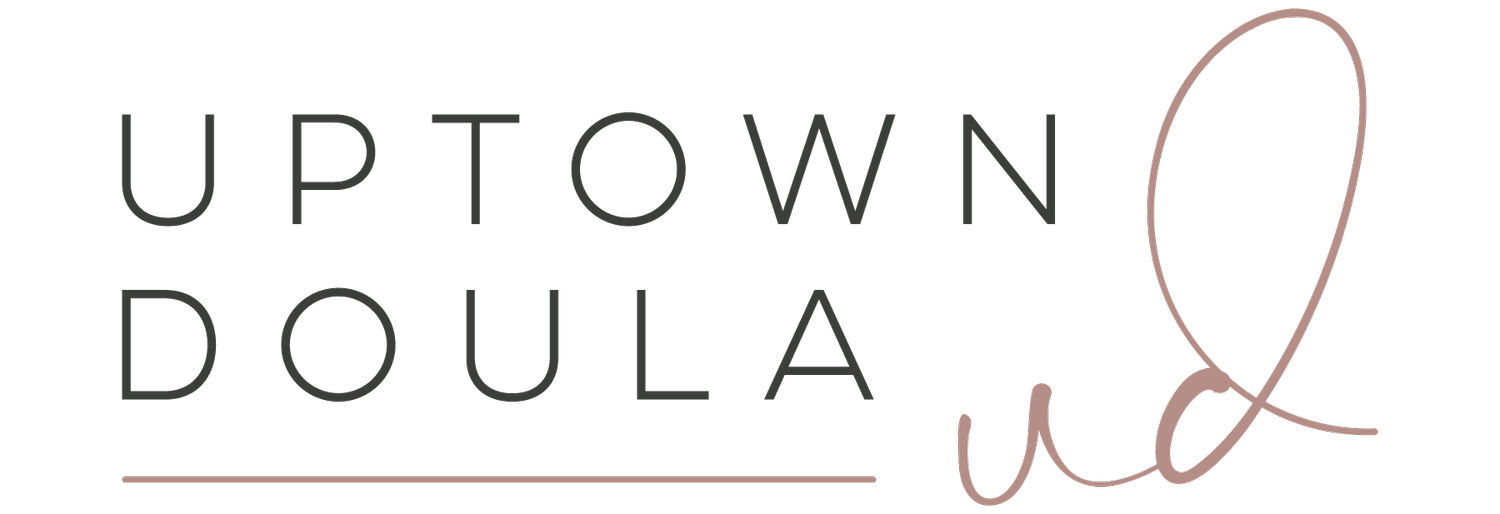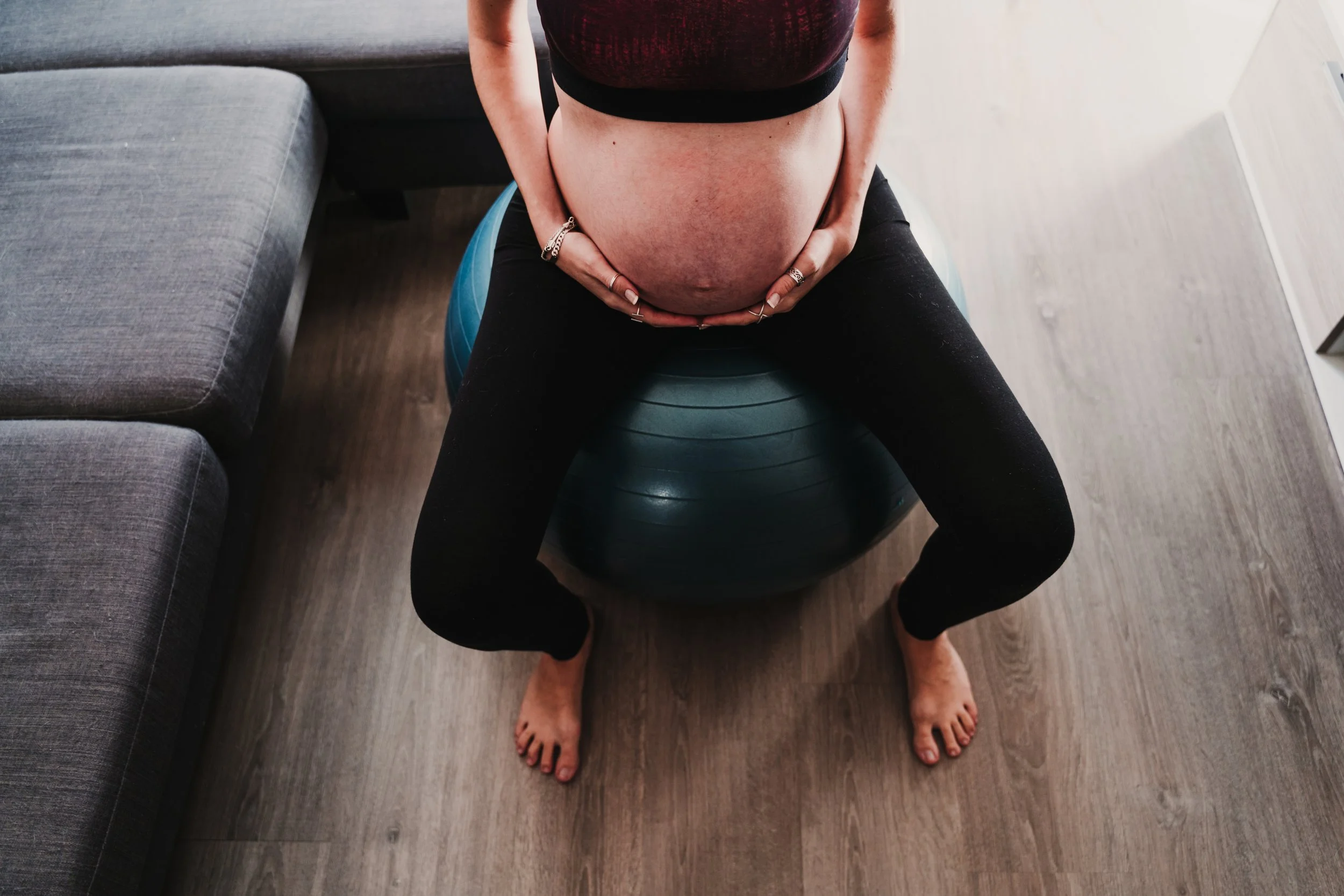When you think of having a baby, what comes to your mind? Where are you? What position are you in? Do you envision yourself in a hospital? Your home? What about the way you push your baby out? Are you in a bed? Are you laying flat on your back? If so, that is completely normal! Pushing on your back and in a bed has become the standard way of pushing your baby out. While some people may prefer to push and labor this way, there are some other great positions to labor and give birth in that actually work to our bodies advantage.
As a doula and student midwife, I am so passionate and CRAZY about UPRIGHT BIRTH! It just makes all the sense in the world. GRAVITY is your best friend when it comes to birthing. Would you poop laying down on your back? I mean if that’s what you’re into, then by all means, go for it.
Birthing and laboring upright has so many benefits and actually makes for a quicker birth in most cases. Moving around during labor also lets your pelvis move to work with the many changes and positioning of baby while theyre coming down to the birth canal. It is your right as a birthing person to have the freedom to move around and about in labor.
You do not HAVE to stay in the bed. Of course unless there is a medical reason, you or your baby have a life threatening situation that actually permits you to the bed. But we stan for informed consent over here and birthing patient RIGHTS! WOOOO. Anyways, Below are my favorite and BEST positions to labor in and WHY.
HANDS & KNEES: This position is one of my favorite positions to labor in, personally. Not only does this position take the pressure off your back, it allows you to rest in between contractions, and It also allows the pelvis to be opened. Hands & knees position can also increase your babys oxygen supply.
SQUATTING: Squatting is another gravity pulling position! I see lots of my clients use this position when theyre nearing transition. The squatting position gives your pelvis all room to open up, lets gravity do its job to bring baby down, and also makes it easier to bear down when its time to push. You can use a chair to hold yourself during a squat.
The Toilet: okay, I know what youre thinking, the freaking TOILET? Ew, why would I ever want to labor and birth sitting on the TOILET? Hear me out… we call this the dilation station for a reason okay. Sitting on the toilet lets your pelvic floor to RELAX, letting your cervix dilate. This sitting/squatting position also opens the pelvis. Combine the sitting position, the relaxation of your pelvic floor, the opening of the pelvis, gravity, and the intensity of contractions, you will get success! I have seen many of my clients go from 0-100 SO QUICK in this position!
SIDE LYING WITH A PEANUT BALL: This one is a favorite of mine when the birthing person just needs to rest a little bit. Maybe labor is just beginning or it hasn’t gotten to the active stage yet. This lets you lay down and rest so that youre not too tired. Putting a pillow or a peanut ball between your legs will allow your pelvis to remain open as well.
The CUB : Also known as, Comfortable Upright Birth. The name of this inflatable device says it all and is fan favorite among us birth professionals. The CUB is ideal for women who have an epidural and are unable to freely move around the room.
These are just a few of my favorite upright birthing positions to labor and push in! All of these can be used while swaying during a contraction as well. Remember that if being on your back is comfortable for you, then you rock that shit! There is no right or wrong way to birth. Keep these positions in mind if something isn’t working for your during your big day. And remember, we love an INFORMED and CONSENTED, positive birth! YOU GOT THIS!
Written by: Natalie Story






